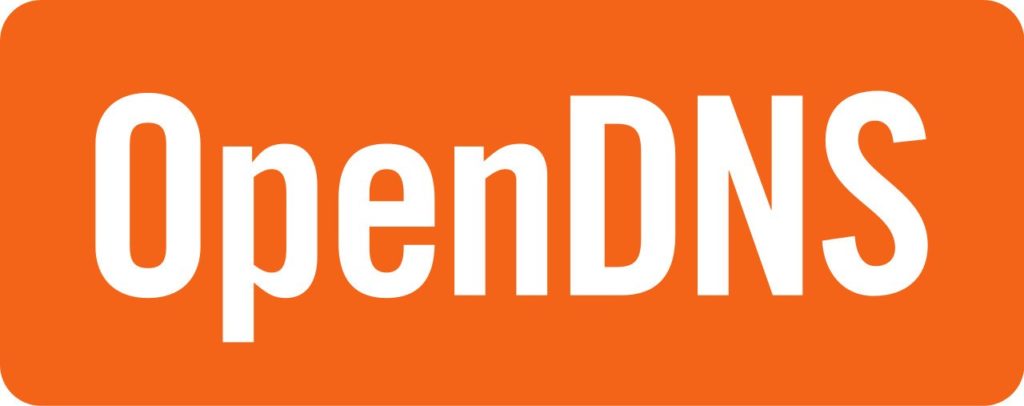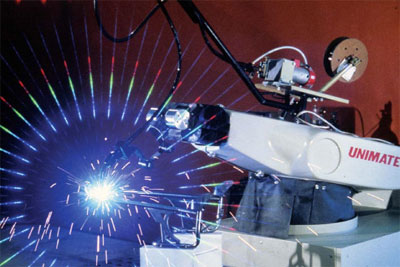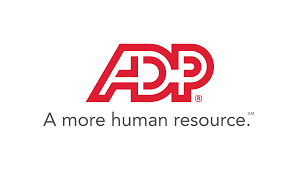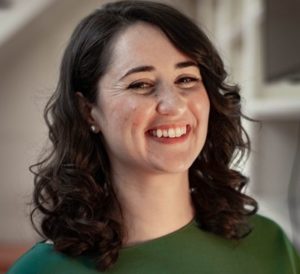Delivering the Future, One Slice at A Time: How Manna’s Drones will now Deliver Pizza
If someone told you five years ago that a drone would drop your pizza at home, how would you have reacted? Well, the scene seems to be right out of a science-fiction movie without a doubt. However, thanks to advancements in science and technology, the future is coming to our houses! Manna, is an Irish drone manufacturer and deliverer company with huge plans for the future. They recently joined hands with Manna Cubic Telecom to usher in the future by bringing 5G connectivity to their fleet of drones. Here’s a look at their plans for the future, and how they will change the way product delivery works.
Upgrading their Fleet
Manna announced their tie-up with Cubic Telecom at the Consumer Electronics Show in Las Vegas. This arrangement will allow Manna to use the Pace connectivity platform, earlier used by cars, to track, control and monitor their drones. This particular platform is the preferred standard for companies such as Audi, Porsche, and Volkswagen, and has millions of users across 93 markets. Cubic has vital experience in the field of connectivity services, as they offer their last-mile connectivity service in over 180 countries. Their systems help cars link to internet-of-things devices and mobile networks.
Super-fast Pizza
Manna’s drone will deliver restaurant food in under three minutes, by using high-speed drones that travel at around 80 km/h! The company will start testing its delivery system by April, by starting with one location. Once they have worked through issues encountered and perfected the system, they will expand to more locations, by the end of this year. Cubic will help these drones perform better and improve their efficiency.
The software will be fed into the drones during manufacturing. This software will transfer data between the drone, restaurant, and customer in real-time, helping keep everyone in the loop. Thus, the customers will be able to track the drone’s position and hence, gauge how fast their food will reach them.
Imagining the Future
Manna’s Chief Technology Officer, Alan Hicks believes that the future of food and product delivery lies in the sky. Airborne methods of delivery will help streamline the process, resulting in better conversion rates and customer satisfaction. The most difficult part about taking delivery to the skies is maintaining robust communication between the fleet and the cloud services.
Partnering with Cubicle will help provide Manna with that viable link, which brings them closer to delivering the future to us. The commercial take-off of drone delivery will help revolutionize the world of delivery forever, as per Cubic’s CEO Barry Napier. Hence Cubic values its partnership with Manna as they will be helping to lower overall cost and time of deliveries, while also reducing their environmental impact.
To the Skies
Founded by Bobby Healy, drone delivery company Manna recently raised $3 million via a seed round to fund their growth. This brings their total funding up to $5.2 million through seed funding. The three-year deal with Qualcomm-backed Cubic Telecom will greatly help the company commercialize its products effectively. Previously, the Irish company had teamed up with food delivery company Flipdish.

Manna’s drones fly almost 300 feet above the ground at an average speed of 50mph and occupy 6 feet by 6 feet. Manna surveys areas wherein they plan on delivering, verify landing zones through computer vision and then programs the drone. The drones can make deliveries weighing up to 4 pounds within a 4-mile radius. Restaurants can use these drones to make up to 5 deliveries an hour, thanks to the three batteries it uses.
Technology giants such as Amazon and Google are also hoping to soon use drones to deliver their packages and fulfill orders. Amazon is already said to be testing their drone-delivery system, in a bid to lower labor costs. Meanwhile, governments across the world will begin work on the legislature required to make such deliveries legal and safe. There are several obstacles that such companies will need to cross with regards to social acceptance, and they include privacy, safety, and noise.
However, drones will help speed up delivery unlike any other system used before. Manna has a testing center in Wales and plans on expanding to three additional sites in Ireland by the end of this year. In the future, the company plans to deliver meals at $1 per delivery.

Being a cinephile with a love for all things outdoorsy, Athulya never misses a chance to chase inspiring stories or poke fun at things, even when the subject is herself. Currently pursuing a degree in mechanical engineering, she is someone innately interested in technical and scientific research. Music reviews and op-eds define her as they allow her to explore different perspectives. Though sometimes she thinks she makes more sense playing the guitar than she does while writing.







